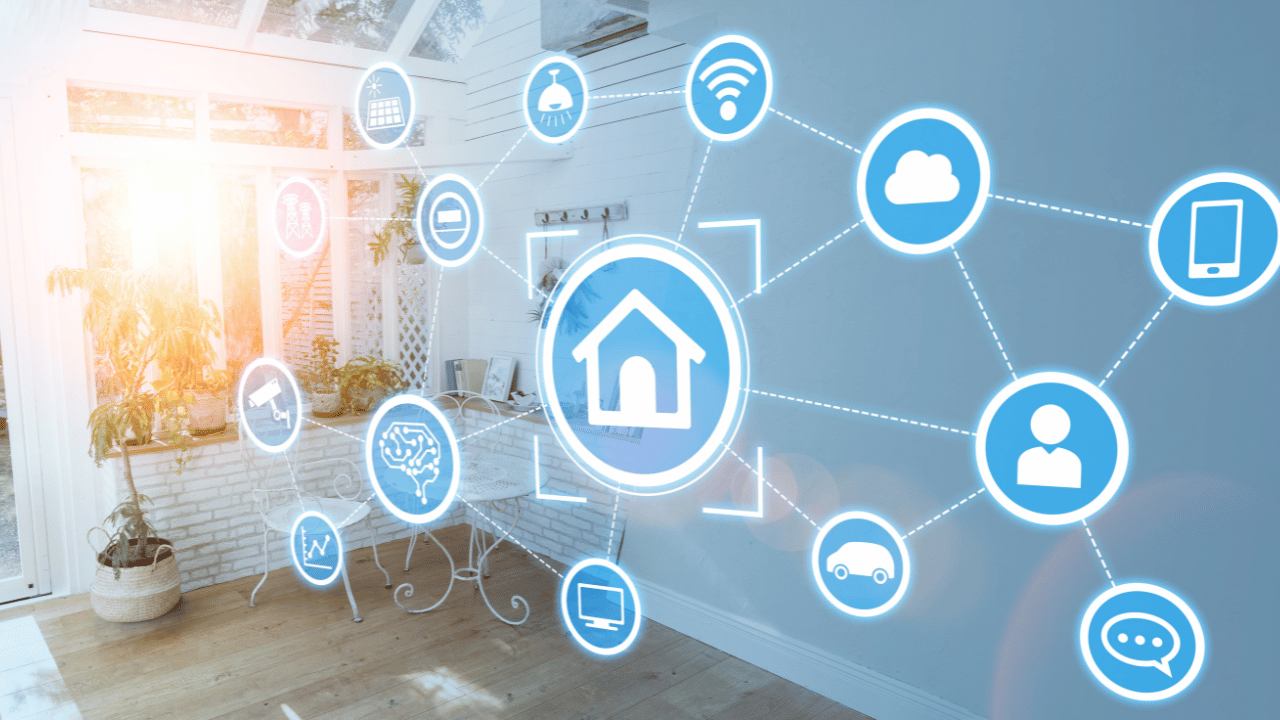Last Updated on September 11, 2023 by Pro Handyman Australia – Editorial Team
Smart home technology has evolved dramatically over recent years. Once seen merely as high-tech novelties or limited to home security applications, these devices have now expanded their utility. Today, they serve as vital tools for the elderly and differently-abled, enabling them to live autonomously without the need to invest in specialized products.
Understanding Your Needs with Smart Home Technology
Foremost, determine the primary objectives you wish to achieve with smart home technology. Video doorbells, for instance, offer immense benefits for individuals with limited mobility or cognitive challenges. They allow users to view visitors without physically moving to the door. Moreover, family members can get notifications and even communicate with the visitor through their smartphones. Recognizing the specific needs of you or your family member is fundamental in making informed decisions while purchasing smart devices.
Prioritizing User-Friendly Devices
The utility of any smart device depends on its ease of use. Before investing, familiarize yourself with the functionalities of the technology you are considering. Be pragmatic about the learning curve involved for you or your family member. While many smart devices are designed for user-friendly experiences, they might demand some adaptation time, particularly since the majority are controlled through smartphones or tablets. Opt for devices that seamlessly integrate into your daily routines, and if something feels too intricate, consider simpler alternatives.
Balancing Budget and Quality
Although smart home technology might often present a more affordable alternative to specialized devices for the differently-abled, costs can still accumulate. Conduct thorough market research to compare prices and establish a clear budget. Additionally, stay vigilant for discounts: many brands promote both their latest and older models, making seasonal sales and promotional offers worth the wait.
Installation Insights
Installing most smart devices is typically hassle-free. The majority being wireless, the installation usually involves app downloads, Wi-Fi setup, and ensuring power connectivity. While many brands furnish step-by-step guides, some even facilitate personalized customer support for setup assistance. Nevertheless, if DIY installation seems daunting, several brands also offer expert installation services.
Enhancing Life Quality with Home Automation
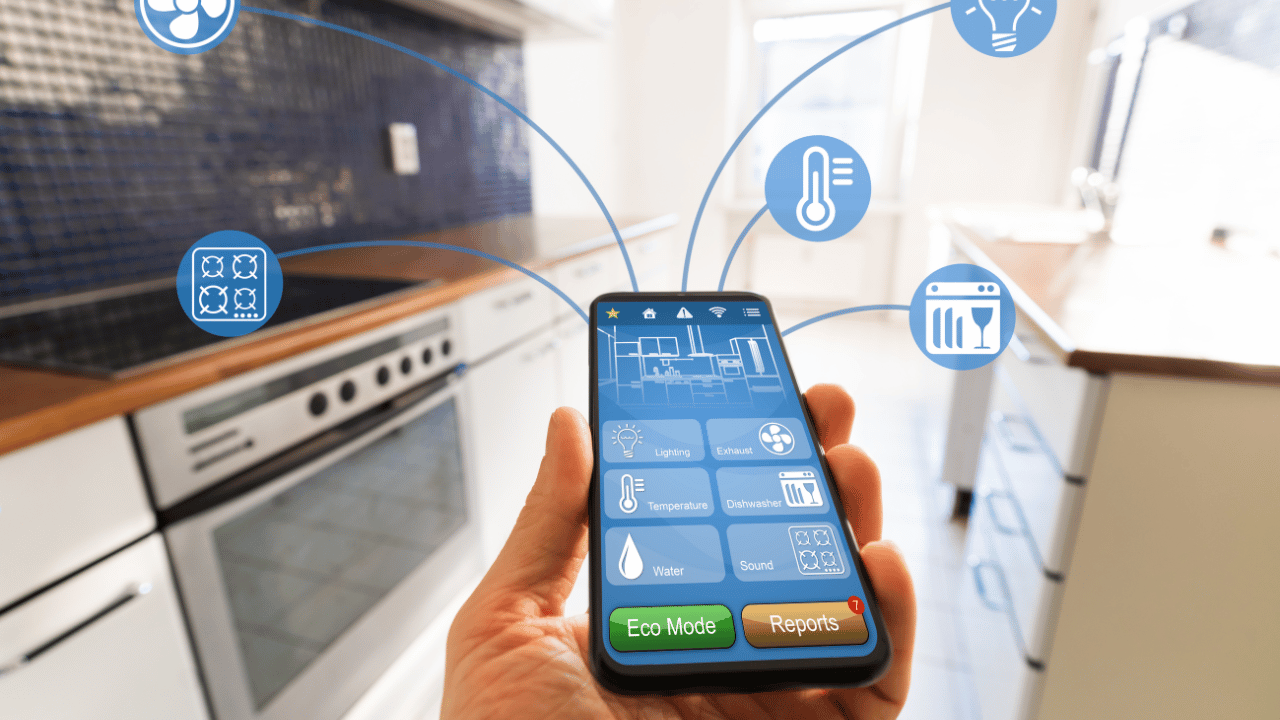
With the rise in home automation technology, an increasing number of households are reaping its benefits. Particularly for the elderly and the differently-abled, assistive domotics — a subset of home automation — offers functionalities that address specific accessibility challenges. These technologies empower many to remain in their familiar home environment, presenting a favorable alternative to assisted living facilities. In essence, home automation is reshaping lives, providing safety, convenience, and autonomy.
Spotlight on Automation Features: Safety, Convenience, and Independence
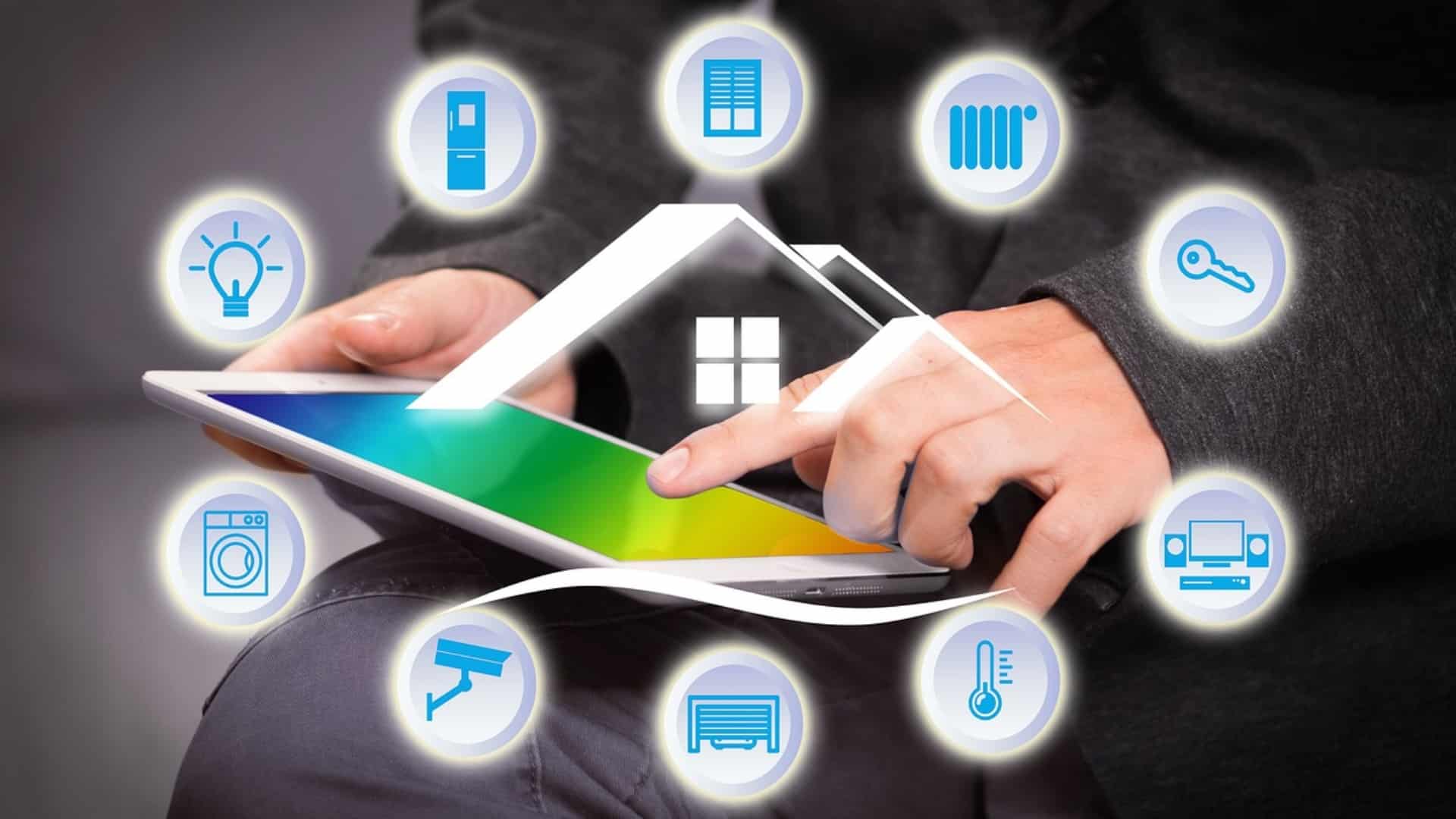
- Lighting Mastery
Beginning with lighting control is prudent. Technological advancements permit remote or smartphone-app lighting management, which is invaluable for those facing mobility constraints or difficulty accessing switches.
- Doors and Lock Innovations
For many, especially seniors or those with mobility issues, reaching the door on time is a challenge. Modern automated locks incorporate fingerprint recognition. Friends or family can register their fingerprints, enabling them to access the residence without disturbing the homeowner. Furthermore, from any location, these locks can be checked and secured via smart apps.
- Security and Medical Assistance
Home automation fosters a sense of safety and security. During medical emergencies, certain systems can be activated to instantly summon help, bypassing the conventional emergency call procedure.
- Automated Appliance Management
Elderly individuals occasionally overlook turning off appliances, posing safety risks. Home automation systems can auto-regulate appliances, ensuring safety by turning off potentially hazardous ones after a specific duration.
- Medication Management
Medication-dispensing devices powered by automation ensure timely and accurate dosages, eliminating the risks of over or under medication.
- Automated Reminders
Beyond medication, automated systems can prompt reminders for important events, appointments, or daily tasks, fostering independence while ensuring responsibilities are not neglected.
- Illuminating with Smart Light Bulbs
Smart light bulbs have revolutionized the way we perceive lighting. These bulbs can be scheduled to turn on or off at specific times or be controlled directly from your smart device. An innovative feature allows these bulbs to flash in response to activities, like when your doorbell rings or when receiving a call, which is a boon for individuals who are deaf or have difficulty hearing. To harness these features, ensure you have either a smartphone, tablet, or a smart hub.
- Centralizing with Smart Hubs:
Smart hubs stand as the nerve center of your home automation system, streamlining control of various devices from one consolidated platform. Especially beneficial for those with low vision or mobility challenges, some smart hubs come integrated with voice assistants. These assistants can narrate your schedule, relay your to-do lists, manage your home’s lighting, facilitate calls, and even unlock doors—all without necessitating any physical movement.
- Effortless Cleaning with Robot Vacuums
Enter the era of automated cleaning with robot vacuums, popularly known as Robovacs. With a simple command from your smartphone or via a voice instruction to a smart hub, these vacuums spring into action, cleaning floors without human intervention. Advanced models can even map the layout of your home to enhance their cleaning routes. For those facing challenges with manual cleaning due to disabilities, a robot vacuum emerges as a valuable addition to the household. Operating it would require a smartphone or tablet, barring the presence of a smart hub.
- Enhanced Security with Video Doorbells
For an upgraded security experience, video doorbells are an excellent choice. Positioned near your main entrance, these devices notify you via your smartphone or hub about visitors, eliminating the need to physically check the door. Many models also support two-way communication, letting you interact with the visitor without opening the door. If acquired for someone else, settings can be adjusted to send you notifications upon their receiving guests. It’s essential to note that operating it would typically require a smartphone or tablet, unless you’re equipped with a smart hub.
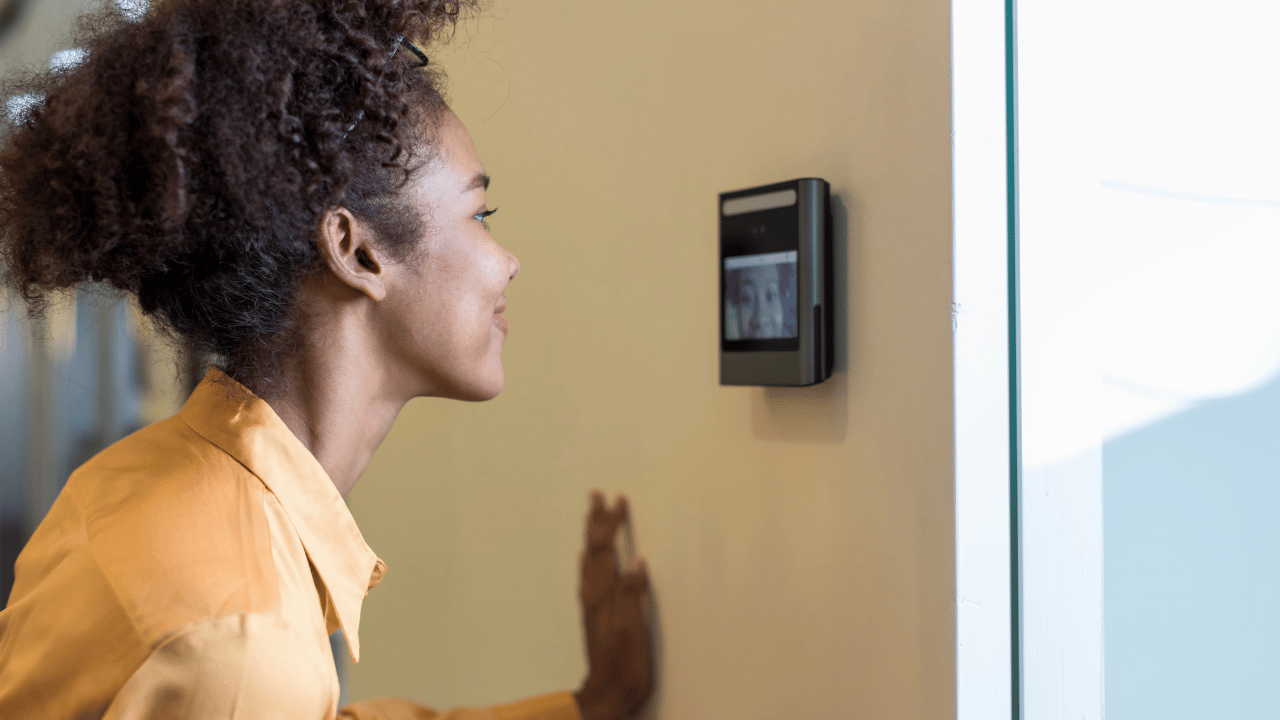
- Fortifying Entrances with Smart Locks
Smart locks enhance the security facet of home automation, providing both safety and convenience. These locks are a blessing for those with mobility concerns, allowing doors to be locked or unlocked with a mere button press or a voice directive. A salient feature of many smart locks is the provision to grant keyless entry to acquaintances or family, streamlining their frequent visits.
Home Automation: Empowering the Elderly and Disabled
In an era where technology continuously shapes and reshapes the contours of our lives, home automation stands out as a beacon of hope, particularly for the elderly and disabled. With the rise of the smart home, daily tasks that once seemed challenging, if not insurmountable, for these groups have been transformed into straightforward processes. This blog post delves deep into the myriad ways in which home automation is making a significant impact, ensuring a more independent, safe, and comfortable life for the elderly and disabled.
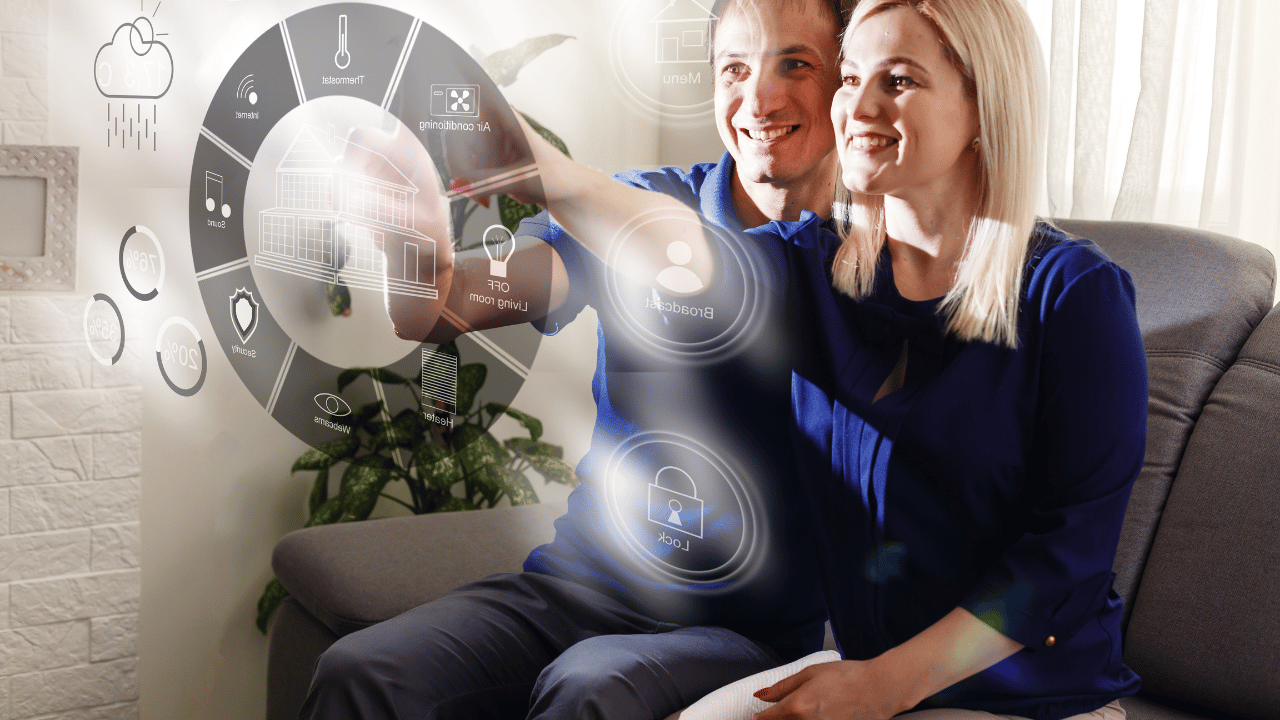
1. Enhancing Mobility and Independence
Mobility issues are a common challenge for both the elderly and people with disabilities.
- Automated Door Openers: These can be controlled via voice commands or remote controls, eliminating the need to physically open or close doors.
- Smart Lighting: Voice-activated or motion-sensor lights ensure that rooms are always well-lit when occupied, reducing the risk of trips or falls.
2. Simplified Home Management
Managing a household requires effort and can be taxing, especially for those with physical or cognitive limitations.
- Voice-activated Assistants: Devices like Amazon’s Alexa or Google Home can help manage tasks, set reminders for medication, or even make calls without the need for manual dexterity.
- Smart Thermostats: These allow for easy control of home temperature, ensuring comfort without the need to manually adjust dials or buttons.
3. Enhanced Safety Measures
Safety is a primary concern for the elderly and disabled, especially if they live alone.
- Smart Cameras and Doorbells: These provide real-time video feeds, allowing residents to confirm the identity of visitors without having to move.
- Automated Alarm Systems: From smoke detectors to carbon monoxide alarms, these smart devices can not only sound an alarm but also notify caregivers or emergency services automatically.
4. Health Monitoring and Alerts
Consistent health monitoring is crucial for those with medical conditions or those prone to emergencies.
- Wearable Health Monitors: Devices that can monitor vitals, detect falls, or even predict potential health concerns can send alerts to medical professionals or family members when anomalies are detected.
- Medication Reminders: Automated systems can remind individuals when it’s time to take their medication, ensuring adherence to essential health routines.
5. Personalized Comfort and Recreation
While functional needs are vital, the emotional and recreational needs of the elderly and disabled are equally important.
- Automated Entertainment Systems: Voice-activated televisions, music systems, or audiobook players allow easy access to entertainment without physical controls.
- Smart Window Blinds: These can be adjusted without any manual intervention, allowing users to control natural light in their space effortlessly.
6. Facilitating Communication
Isolation can be a challenge, but home automation bridges the communication gap.
- Video Calling Platforms: Integrated into smart systems, they can help the elderly and disabled stay connected with their loved ones.
- Instant Emergency Communication: With a simple voice command or button press, users can reach out for immediate assistance.
7. Assisting with Daily Chores
For those with limited mobility or strength, everyday tasks can be daunting.
- Smart Appliances: Refrigerators that notify when supplies are low, washing machines that can be controlled via voice commands, or robot vacuum cleaners can significantly reduce the daily chore load.
- Automated Grocery Orders: Integrated systems can help place orders for groceries or other essentials, ensuring that supplies are always stocked.
8. Building Confidence and Reducing Anxiety
Knowing that their home environment is tailored to their needs can significantly boost the confidence of the elderly and disabled.
- Predictive AI: Advanced home automation systems can learn routines and anticipate needs, ensuring that the home environment is always a step ahead in catering to the resident’s requirements.
- Feedback Systems: Receiving feedback that a door is locked, an oven is turned off, or a window is closed can bring peace of mind.
The fusion of technology and home environments is not just about luxury or convenience; it’s about inclusivity, empowerment, and understanding. Home automation is no longer a thing of the future—it’s a present-day reality that’s changing lives, breaking barriers, and ensuring that the fundamental right to independence and comfort is accessible to all, regardless of age or physical ability. The transformative power of smart homes is only beginning to be realized, and its potential to shape a more inclusive world is boundless.
Conclusion
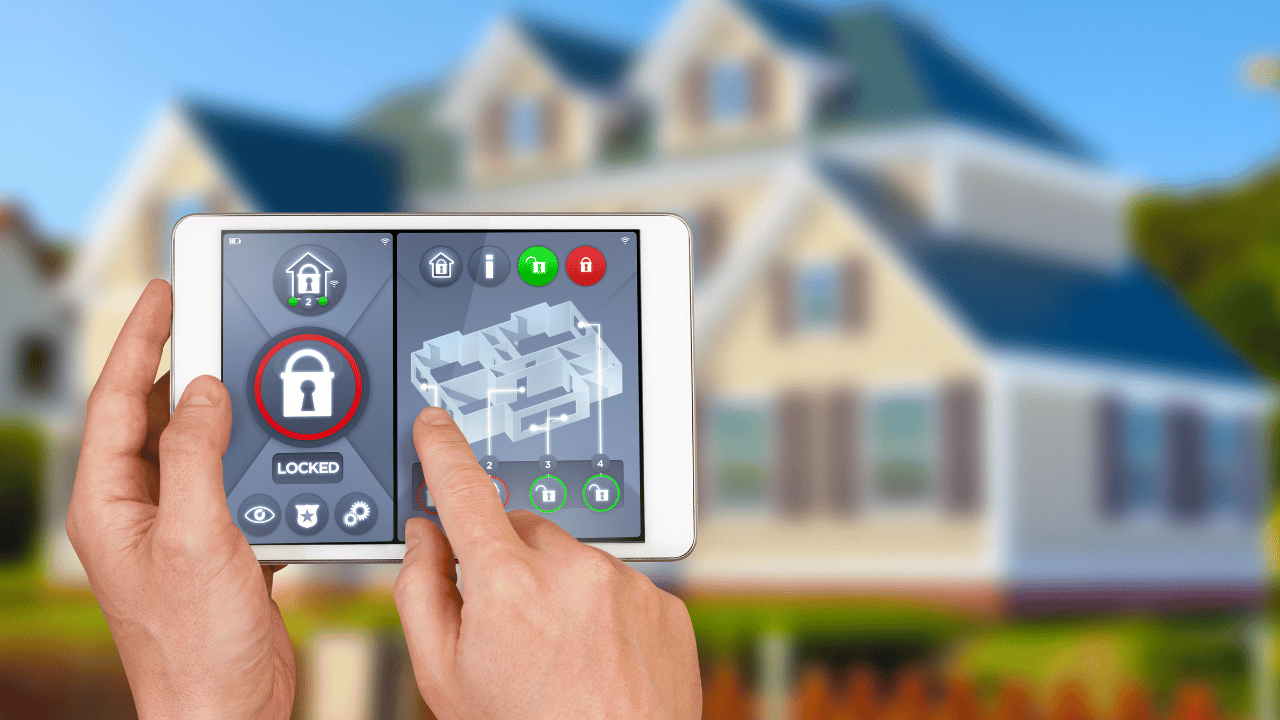
Home automation, once a realm of futuristic visions, has beautifully intersected with the noble endeavor of making daily life simpler and more convenient for the elderly and differently-abled. The technologies discussed, from intelligent lighting systems to self-operating vacuums, not only signify the progress we’ve made in integrating tech into our homes but also underscore a commitment to inclusivity. For the elderly, these tools offer an added layer of safety, allowing them to age gracefully in their cherished spaces. For those with disabilities, the automation ensures that their homes adapt to their needs rather than the other way around. In essence, home automation for these demographics isn’t just about convenience—it’s about dignity, independence, and the reaffirmation that technology, when designed thoughtfully, can be a profound equalizer. It is not yet too late for you to start investing on starting to automate your house!
